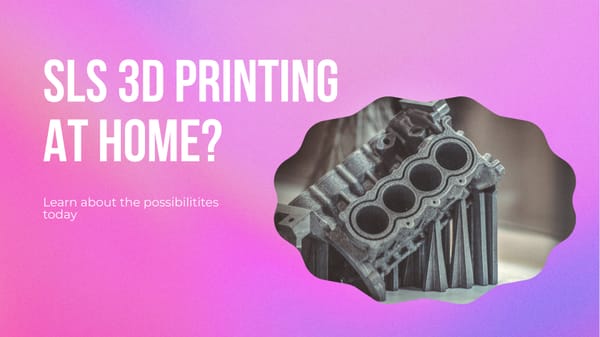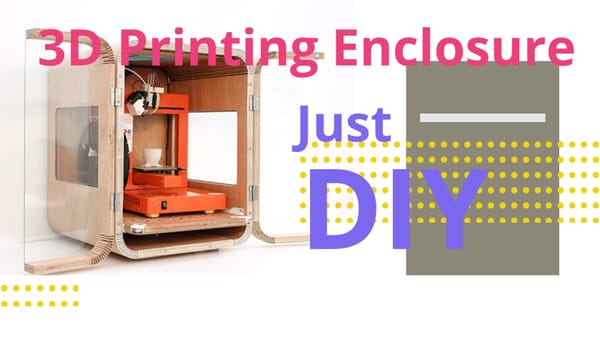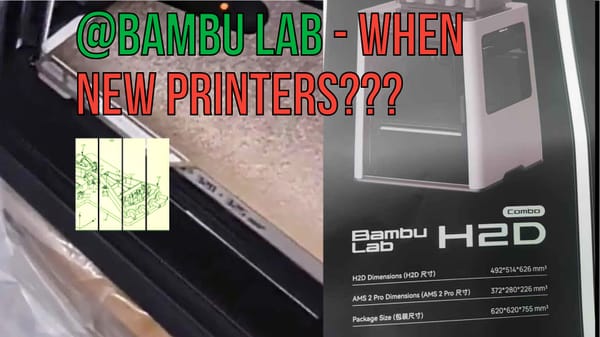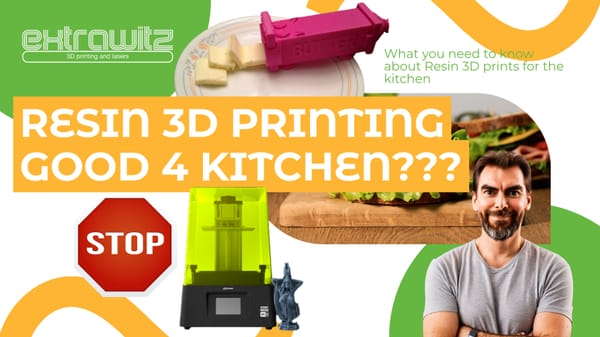Mastering the Craft: Essential 3D Printing Techniques and Tips for Enthusiasts

Dive into the world of 3D printing, where innovation meets creativity, transforming digital designs into tangible realities. Whether you're a seasoned professional or an enthusiastic beginner, mastering 3D printing techniques can open a universe of possibilities. This guide is tailored to provide you with essential tips and insights, helping you navigate the intricate processes of 3D printing with ease. Unlock the potential to print everything from intricate prototypes to functional home goods, leveraging our expert advice to finesse your 3D printing skills
Unlocking the World of 3D Printing: A Beginners Guide
What Is 3D Printing?
3D printing, also known as additive manufacturing, is a process that creates three-dimensional objects from a digital file. It is called ‘additive’ because it builds objects layer by layer, which is different from traditional manufacturing that often removes material to create shapes. For anyone curious about this modern tech marvel, understanding how it works is the first step in unlocking its vast potential. Simple yet transformative, 3D printing is not just for experts anymore; with the right tools and some basic knowledge, anyone can start their journey into the world of digital fabrication.

Steps to Begin with 3D Printing
- Choose the Right 3D Printer - Start by finding a 3D printer that fits your needs and budget. There are different types, like Fused Deposition Modeling (FDM) for beginners.
- Find or Create a Design - You can create a design using 3D modeling software or download pre-made designs from the internet.
- Prepare the Printer and Material - Load the printer with the material you will use, often plastic filament, and make sure the printer is calibrated.
- Print Your Object - With everything set up, you can start the printing process and watch as your digital creation comes to life.
The Benefits of Learning 3D Printing
Learning 3D printing offers a world of excitement and opportunity. It’s a skill that encourages creativity and innovation. Whether you are a hobbyist looking to make unique gifts or a student exploring design and engineering concepts, this technology opens up endless possibilities. Furthermore, it’s a valuable tool for entrepreneurs to prototype new products quickly and cost-effectively. The applications of 3D printing grow every day, reaching into industries such as medicine, aerospace, and beyond.
Start your 3D printing adventure today and see where this groundbreaking technology can take you. Embrace the ease and accessibility of bringing your ideas to life in physical form. With patience and practice, you'll soon be able to craft objects limited only by your imagination.
Refining 3D Printing Skills: Advanced Techniques for Quality Prints
If you're keen to elevate your 3D printing craft to the next level, mastering advanced techniques is essential for achieving quality prints every time. The journey from novice to expert in 3D printing is packed with learning and experimenting. With each print, you gain insights that help you refine your skills. However, to really excel and consistently produce top-quality prints, it's important to delve into advanced methods that can turn good prints into great ones. Here, we look at some sophisticated techniques that can help you enhance the accuracy and aesthetics of your 3D printed items.
Optimizing Print Settings for Excellence
One of the key factors in 3D printing is getting your print settings just right. These settings significantly affect the outcome of your print. Consider the following advanced tips:
- Layer Height and Wall Thickness: Fine-tune your layer height for the optimal balance between print speed and detail. A thinner layer height results in higher quality, but takes longer. Adjusting the wall thickness can add strength to your print without using extra material.
- Infill Patterns and Density: Experiment with different infill patterns and densities. Depending on the use of the print, a honeycomb pattern may provide greater strength, while a lighter, grid-like pattern might suffice for less demanding applications.
- Temperature Control: Precise temperature control can make a big difference. A slightly higher nozzle temperature can improve layer adhesion, while tweaking the bed temperature can help with print adhesion and reduce warping.
Advanced Post-Processing Techniques
Once your print is complete, post-processing can transform it from a rough prototype into a polished product. Here are some techniques to explore:
- Sanding: Begin with coarse-grit sandpaper and gradually work toward finer-grit to achieve a smooth finish.
- Painting: A primer can help to smooth out layer lines, and a careful paint job can bring your print to life. Use acrylics or spray paint specifically designed for plastics.
- Chemical Smoothing: For materials like ABS, acetone vapor smoothing can create a glossy, injection mold-like surface.
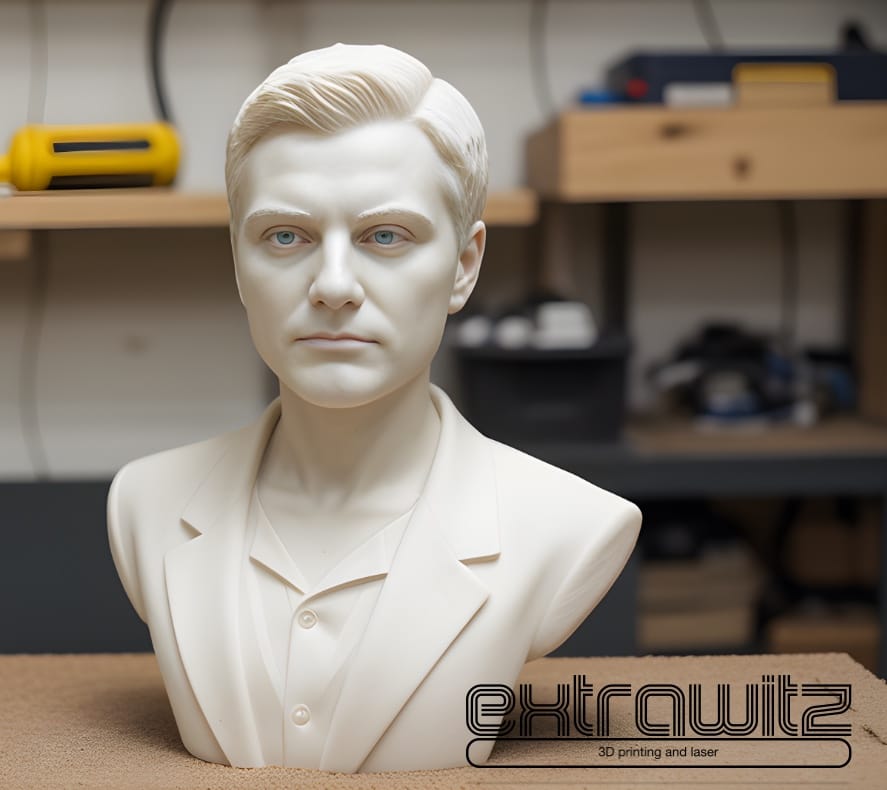
The Art of 3D Printing: Tips for Perfecting Your Craft
3D printing is blooming as a craft with the potential to revolutionize how we create and imagine objects. At the heart of this transformation is the ability to turn digital dreams into tangible realities, layer by delicate layer. For beginners and seasoned pros alike, there are always new tricks to learn and challenges to compete for the perfect 3D printed piece.
Mastering the Basics
To start on the right foot in 3D printing, mastering the basics is key. This means understanding your printer's particular mechanics and capabilities. You need to know how your printer feels when it's humming along smoothly and how to read its quirks. Here are foundational steps you shouldn't skip:
- Always level the print bed, as an uneven bed leads to poor adhesion and warped prints.
- Get comfortable with your slicing software because that's where you'll fine-tune print settings for the results you need.
- Experiment with different materials—each has unique properties and challenges, from PLA to more exotic compounds.
Refining Your Technique
Once you've nailed down the basics, refine your technique to enhance print quality. The subtleties in the settings can make a huge difference in the results. Pay attention to print speed—slower often yields better detail but takes more time. Monitor the temperature of both the nozzle and bed, as small adjustments here can prevent problems like stringing or warping. Remember the importance of post-processing. The right sanding, painting, or sealing can elevate the final look of your creation.
Expanding Your Horizons
After you've got the basics down and your technique polished, it's time to push boundaries. Dive into the community. Engage with other 3D printing enthusiasts and learn from their experiences. Look for inspiration in new places, and don't be afraid to take on challenging projects that force you to grow. Think about how you can use 3D printing in innovative ways—maybe even combining it with other crafts or technologies.
Stay curious and patient as you hone your 3D printing craft. With each print, you'll learn more about what works and what doesn't, bringing you closer to perfection.
Beyond the Basics: Expert 3D Printing Strategies for Aspiring Masters
Refine Your 3D Printing Techniques
When you step beyond the basics in 3D printing, a world of intricate details and complex techniques unfolds before you. It's an exciting journey from being just a hobbyist to becoming an adept 3D printing aficionado. To sharpen your skills, it is essential to learn and master the advanced strategies that can turn an ordinary print into an extraordinary one. One such strategy is to optimize your print settings for different materials. Each material behaves differently – for instance, PLA and ABS require distinct temperatures and cooling speeds. Experiment with these settings to find the perfect balance for your specific project, making sure your prints come out strong and precise.
Enhance Your 3D Design Proficiency
Diving deeper into 3D printing mastery, the focus should shift towards perfecting design techniques. Building complex structures is more than just about hitting 'print' – it demands a keen eye for design and an understanding of how different shapes and supports affect the result. Make use of slicing software to add necessary support structures or tweak the orientation of your model. This will ensure stability during the printing process and minimize material usage without compromising on the structural integrity of the model. In this digital crafting age, don't hesitate to reach out to the vast online communities where experts share tips and tricks that are invaluable for your growth.
Maximize Your Post-Processing Skills
- Sanding: To achieve a smooth finish, start with lower grit sandpaper and work your way up to higher grits for a pristine surface.
- Painting: Choose the right type of paint for your material, and apply thin layers to preserve the details of your print.
- Assembly: When creating multipart models, use appropriate adhesives and be patient to ensure a seamless fit.
Your journey does not end when your print is complete. Post-processing is where your prints come to life. Sanding, painting, and assembling are all meticulous processes that require patience and a steady hand. By focusing on these final touches, you can transform a simple 3D printed object into a work of art. Whether you're aiming for a glossy, matte, or realistic finish, the attention to fine details in the post-processing phase would set your creations apart.


